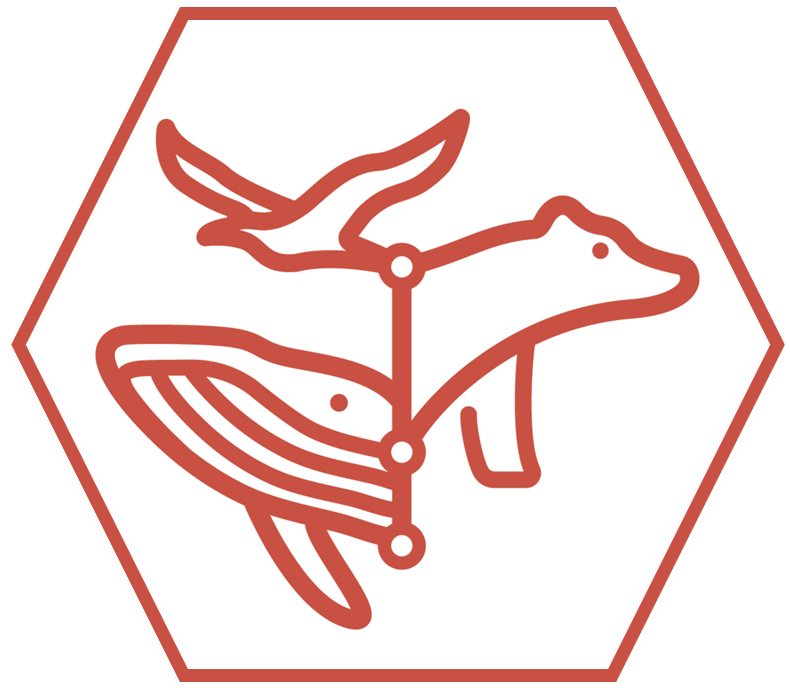Behavior of Risso’s Dolphins (Grampus griseus) in the Southern California Bight: An Aerial Perspective
Citation
Smultea, M. A., K. Lomac-MacNair, C. S. Nations, T. L. McDonald, and B. Würsig (2018). “Behavior of Risso’s Dolphins (Grampus griseus) in the Southern California Bight: An Aerial Perspective”. In: Aquatic Mammals 44.6, pp. 653-667. ISSN: 01675427. DOI: 10.1578/AM.44.6.2018.653.
Keywords
behavior, behavior state, bor distance, focal group follow, grampus griseus, inter-individual distance, nearest neigh-, reorientation rate, risso, dolphin, sequential
Abstract
Risso’s dolphin (Risso’s; Grampus griseus) behavior is little described given their typical offshore distribution where research access is inherently challenging. We conducted focal group behavior follows of 51 Risso’s groups from a circling, small, fixed-wing Partenavia aircraft in the Southern California Bight from 2008 through 2012 (15 aerial surveys; 72,647 km; 86 d). Instantaneous scan sampling of group heading and behavior state (rest/slow travel, medium-fast [mf] travel, and mill), and maximum nearest neighbor distance (MNND) estimated in adult body lengths (BLs) were noted once per 30 s. Focal follows occurred for 5 to 59 min (n = 51, mean 21.6, standard deviation [SD] = 12.9). Mean group size was 25.8 (n = 51, SD +- 23.62, range 3 to 120). A total of 1,446 usable headings, 1,275 MNND, and 1,359 behavior state data points were used to calculate response variables of reorientation, splitting-joining, and behavior state transition rates relative to explanatory variables using standard multiple-linear-regression, logistic regression, or multinomial logistic regression models. Reorientation rates tended to be higher when other species were present. No explanatory variables were found to influence the splitting-joining rate. Risso’s behavior state was significantly affected by calf presence and time of day. Risso’s groups spent most (60%) time engaged in rest/slow travel followed by mf travel (33%) and milling (7%), and rarely changed behavior state. Transitions from one behavior state to another were more common in groups with calf presence, which were 4.3 times more likely to continue mf travel than non-calf groups. During early afternoon, Risso’s were six times more likely to continue mf travel versus early morning and late afternoon. Preponderance of daytime rest/slow travel likely reflects presumed need for diurnal rest prior to apparent nocturnal foraging, a pattern associated with other nocturnal foraging dolphin species. Observations from aircraft facilitate a unique bird’s eye view on social interactions and spacing of individuals, which are less available from the low-vantage perspective of other platforms.
